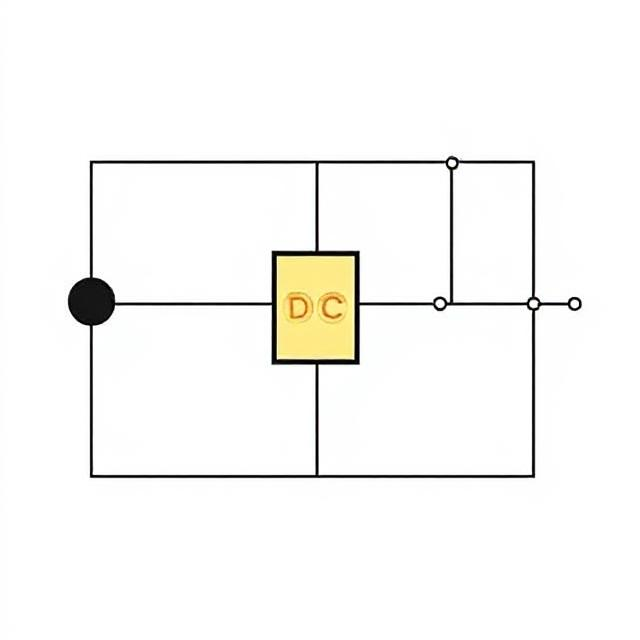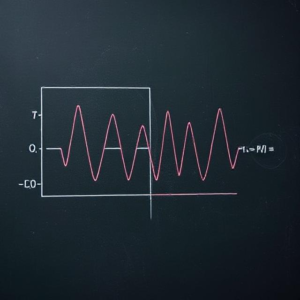circuit theorems are tools that help simplify the analysis of electrical circuits, making it easier to find unknown voltages and currents. They are useful for solving complex circuits without having to solve them step-by-step.

1. Ohm’s Law
What it is:
Ohm’s Law is the fundamental principle of all electrical circuits. It defines the relationship between voltage, current, and resistance.
Formula:
Where:
-
is the voltage across a resistor (volts)
-
is the current through the resistor (amperes)
-
is the resistance (ohms)
What it tells us:
Ohm’s Law allows you to calculate any one of the three variables—voltage, current, or resistance—if the other two are known.
Example:
If a 12V battery is connected to a 6Ω resistor:
So, 2 amps of current will flow through the resistor.
2. Thevenin’s Theorem
What it is:
Thevenin’s Theorem simplifies a complex network into an equivalent circuit with a single voltage source () in series with a resistor ().
Steps to Apply:
-
Remove the load from the circuit.
-
Find : The open-circuit voltage across the load terminals.
-
Find : Turn off all sources (voltage sources → short, current sources → open), then calculate the resistance seen from the load terminals.
-
Draw the simplified circuit: in series with , connected to the load.
Why it’s useful:
It simplifies the analysis of circuits with multiple elements by reducing them to a basic series circuit.
3. Norton’s Theorem
What it is:
Similar to Thevenin’s Theorem, but uses a current source and a parallel resistor.
Steps to Apply:
-
Remove the load.
-
Find : The current through a short placed across the load terminals.
-
Find : Same as Thevenin resistance.
-
Simplify the circuit to in parallel with .
Why it’s useful:
Some problems are easier to solve using current sources and parallel combinations.
4. Superposition Theorem
What it is:
This theorem is used when circuits have multiple independent sources. It states that the total current or voltage is the sum of the effects from each source acting alone.
Steps to Apply:
-
Isolate one source at a time (replace others: voltage → short, current → open).
-
Analyze the circuit for that source.
-
Repeat for each source.
-
Add all effects to find the total response.
Why it’s useful:
It breaks down complex circuits into simpler, manageable parts.
5. Kirchhoff’s Laws
Kirchhoff’s Current Law (KCL)
What it is: The total current entering a node equals the total current leaving.
Equation:
Use: Ensures current balance at any junction.
Kirchhoff’s Voltage Law (KVL)
What it is: The sum of voltages in any closed loop is zero.
Equation:
Use: Ensures energy conservation in loops.
6. Maximum Power Transfer Theorem
What it is:
Maximum power is transferred to the load when the load resistance equals the source (Thevenin) resistance .
Why it’s useful:
It helps in designing systems where optimal power transfer is critical, like audio amplifiers and communication circuits.
7. Millman’s Theorem
What it is:
Used for simplifying circuits with multiple parallel branches, each with a voltage source and resistor.
Formula:
Where and are the voltages and resistances of each branch.
Why it’s useful:
It provides a fast way to analyze complex parallel voltage-source circuits.
Summary Table: Circuit Theorems at a Glance
| Theorem | Purpose | Key Point |
|---|---|---|
| Ohm’s Law | Relates voltage, current, and resistance | |
| Thevenin’s Theorem | Simplifies to voltage source + resistor | Reduces complexity |
| Norton’s Theorem | Simplifies to current source + resistor | Alternate to Thevenin |
| Superposition Theorem | Analyzes multi-source circuits one source at a time | Add individual effects |
| Kirchhoff’s Laws | Fundamental laws for nodes and loops | KCL: Current in = out; KVL: ∑V = 0 |
| Max Power Transfer | Ensures max power to load | |
| Millman’s Theorem | Simplifies multiple parallel sources | Fast calculation of |
Why Circuit Theorems Matter
-
They make analyzing complex circuits simpler and faster.
-
They reduce large, confusing networks into easy-to-handle equivalents.
-
They are essential tools in the design, troubleshooting, and optimization of electronic systems.
By mastering these circuit theorems, students and professionals alike can efficiently solve real-world electrical and electronic problems with confidence.











